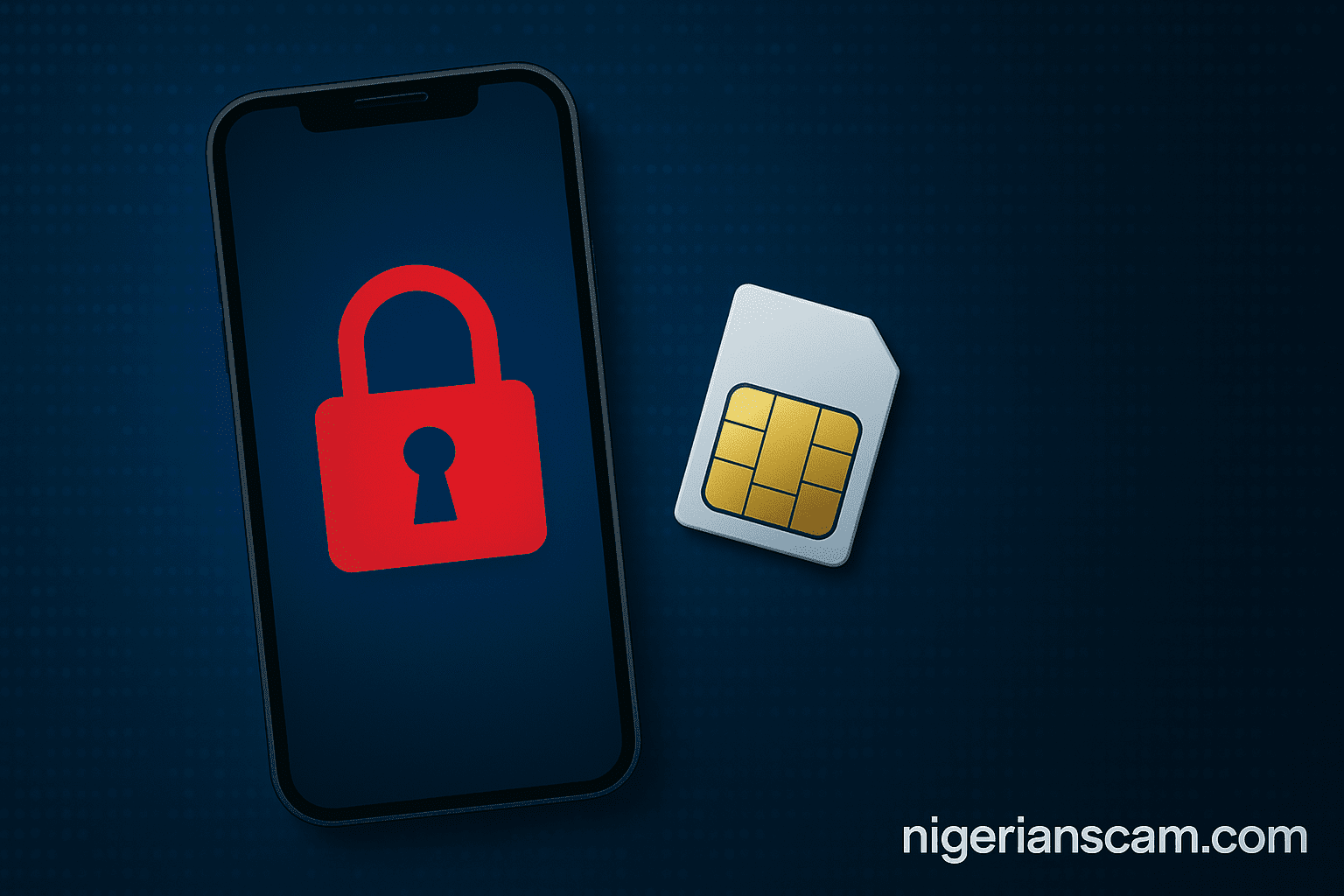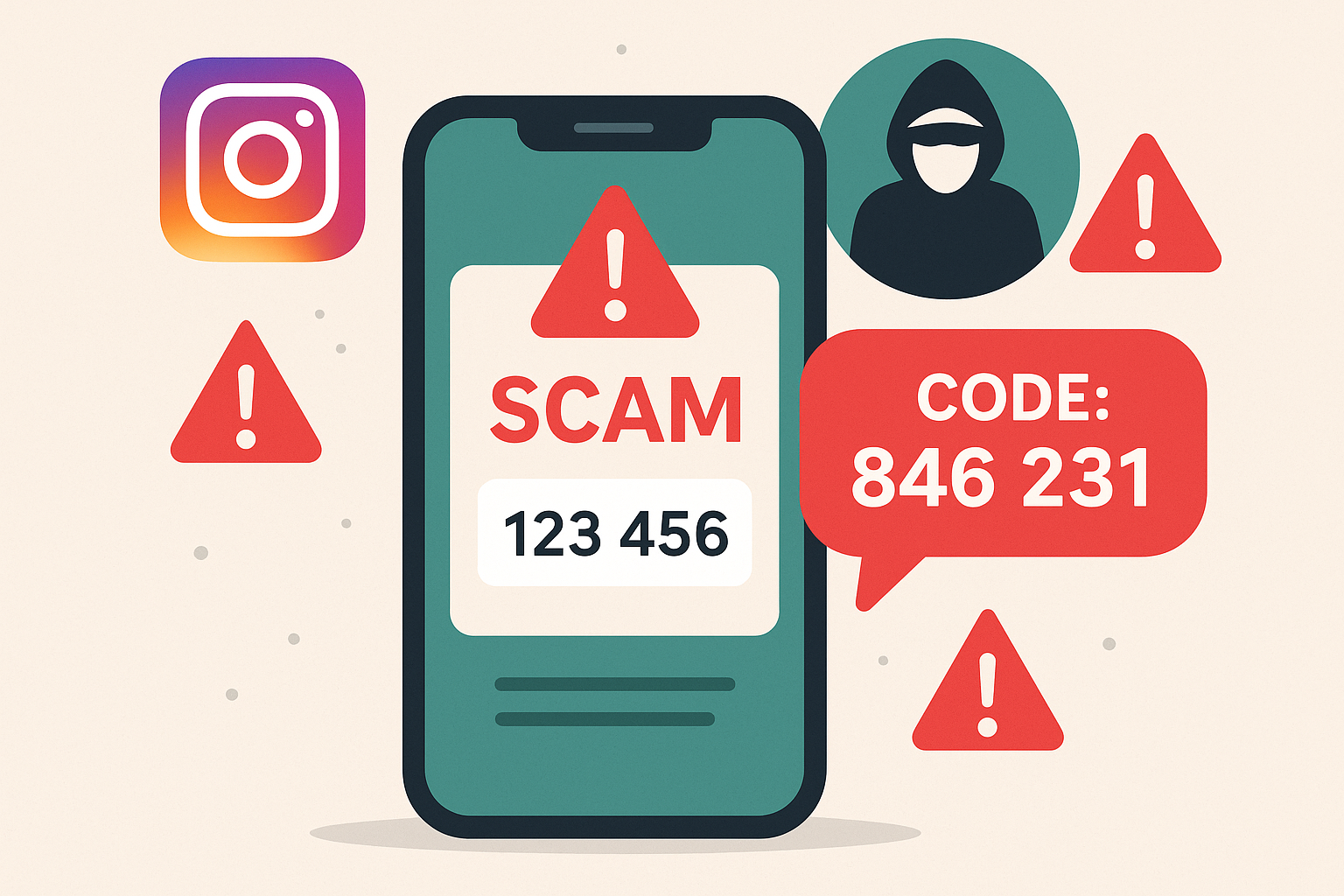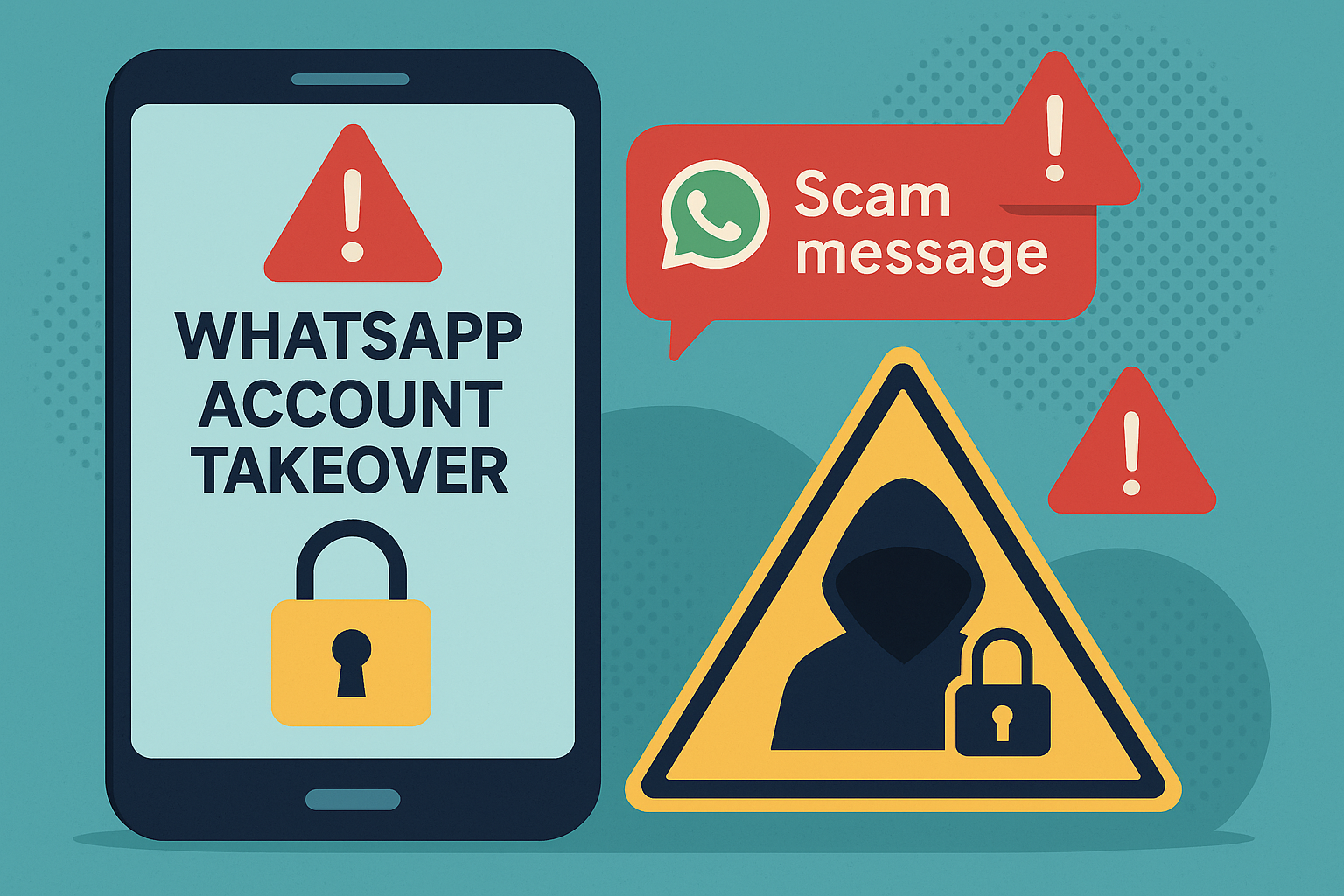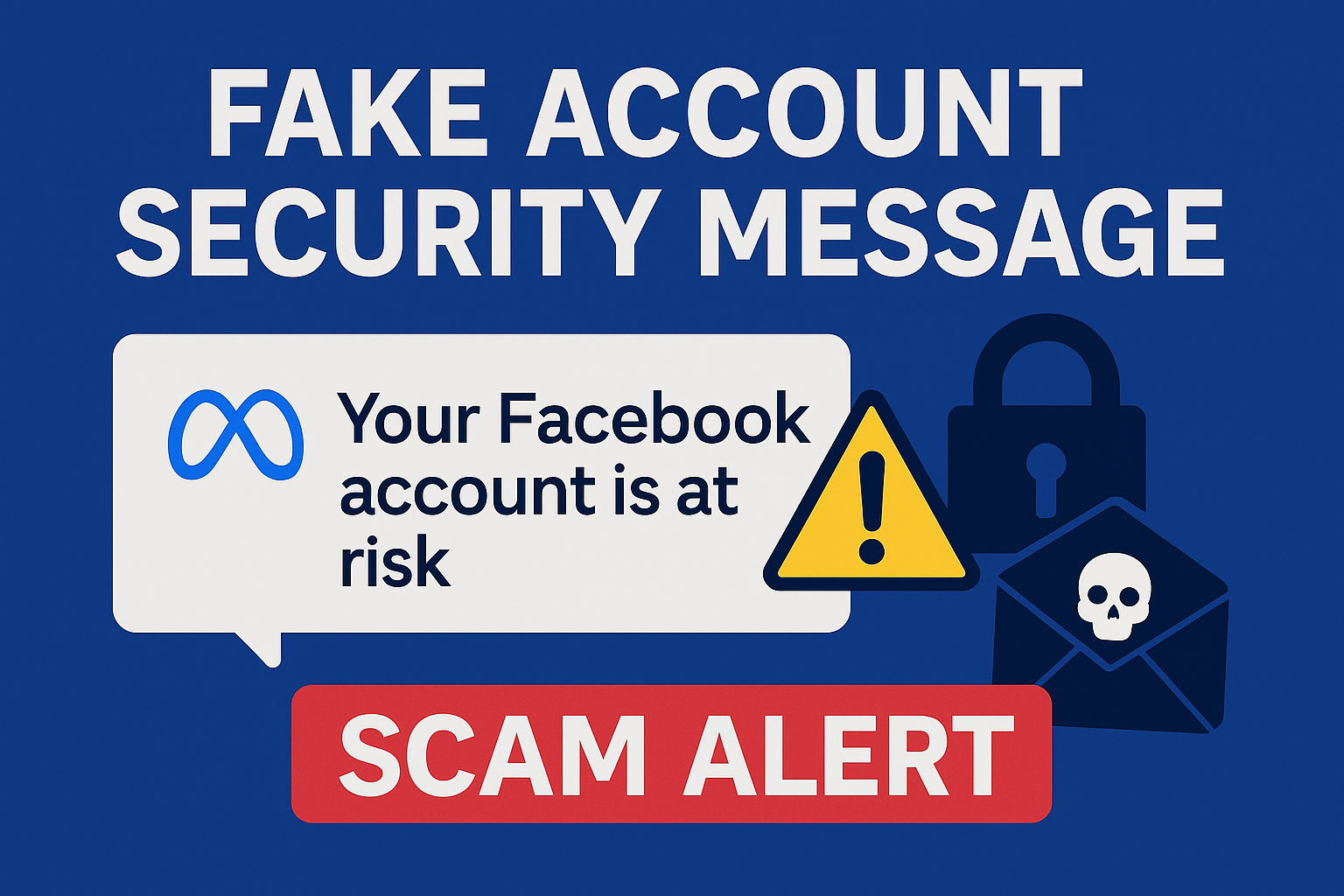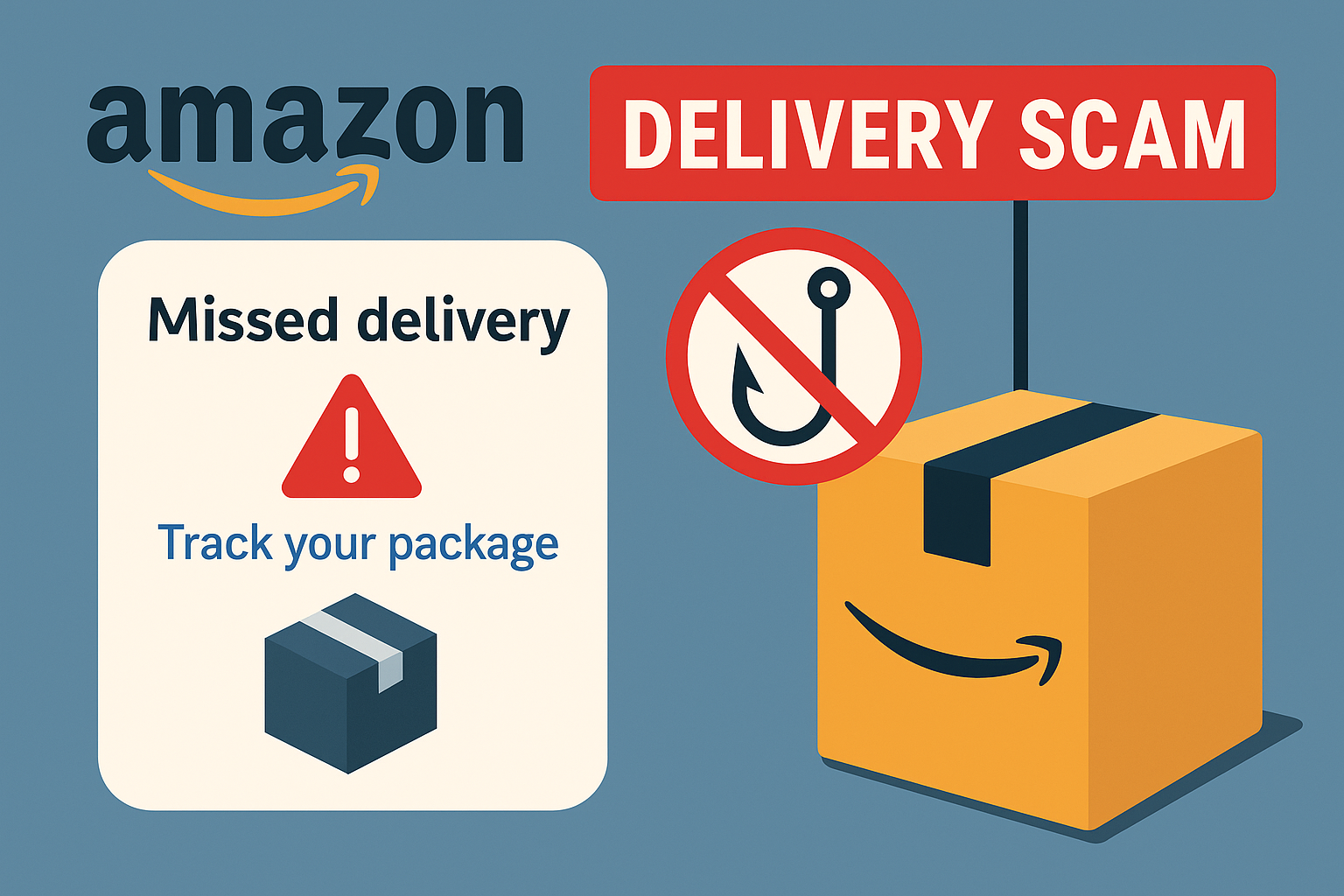Online marketplaces have revolutionized how people buy and sell — from secondhand furniture to high-end electronics. But alongside legitimate buyers and sellers, scammers have found countless ways to exploit these platforms. Marketplace scams thrive on speed, trust, and convenience. They often start with a friendly message and end with lost money, stolen goods, or frozen accounts.
Three of the most common forms of marketplace fraud are overpayment scams, fake escrow services, and chargeback schemes. While the tactics vary, they share the same goal: convincing honest users to part with their money or merchandise before realizing the transaction was fake.
How Marketplace Scams Work
Marketplaces like Facebook Marketplace, Craigslist, eBay, and OfferUp rely on quick communication between buyers and sellers. Scammers take advantage of this informal structure to build false trust, pressure their targets, and exploit loopholes in payment systems.
- Contact and Interest: The scammer quickly responds to your listing or inquiry, often eager to buy without negotiating the price.
- Unusual Payment Method: They propose wire transfers, cashier’s checks, cryptocurrency, or payment apps outside the platform’s recommended system.
- Emotional or Practical Justification:They may claim to be moving, buying for someone else, or too busy to meet in person.
- Execution: Once payment is sent or an item is shipped, the scammer vanishes, reverses the payment, or leaves you with a worthless receipt.
Overpayment Scams
Overpayment scams target sellers who are expecting a straightforward sale. The buyer sends a check, e-transfer, or digital payment for more than the agreed amount, then asks you to refund the difference — claiming it was a mistake or that the extra money is for shipping.
In reality, the payment is fake or reversible. When the check or transaction bounces, your refund comes out of your own account.
Typical scenario:
- A buyer sends you a check for $1,200 on a $900 item.
- They ask you to wire back $300 “by mistake.”
- The bank later flags the check as fraudulent, reversing the full $1,200 — leaving you short by $300.
Warning signs:
- Payment exceeds the selling price.
- The buyer insists you refund the “extra” immediately.
- They use urgent or polite excuses to pressure a quick refund.
- They use payment methods that take days to clear.
How to protect yourself:
- Never accept overpayments. Cancel the deal and report the user.
- Wait for all payments to fully clear before shipping.
- Use only verified payment systems linked to the marketplace (like PayPal Goods & Services or eBay Payments).
- Be cautious of buyers who avoid in-person pickup.
Fake Escrow Scams
Escrow services act as trusted third parties that hold funds until both sides are satisfied with a transaction. Scammers imitate this trust by creating fake escrow websites or posing as legitimate intermediaries.
How it happens:
- A “buyer” proposes using an escrow service and sends you a link that looks legitimate (e.g.,
safe-escrow-pay.com). - The site includes fake reviews and tracking numbers.
- You ship the item, believing the funds are secure.
- Once shipped, the scammer disappears and the website vanishes.
- The escrow site’s domain doesn’t match the real company (e.g.,
paypal-secure-verify.net). - The buyer chooses the escrow service instead of letting you verify or select it.
- Poor design, grammar errors, or missing HTTPS security.
- No verifiable business contact or support.
Prevention tips:
- Use only well-known, verified escrow services (like Escrow.com or your platform’s internal system).
- Never follow links sent by buyers — always type the escrow company’s address manually.
- Confirm funds have cleared before sending goods.
- Report any suspicious escrow sites to the platform and your local fraud center.
Chargeback Scams
Chargeback scams exploit payment protections intended to help legitimate buyers. Here, a scammer pays for an item using a credit card or payment app, receives the product, then claims a fraudulent charge with their bank or provider to get their money back — keeping the item and the refund.
How it works:
- You complete a sale and ship the product after payment.
- The buyer’s bank reverses the charge days or weeks later.
- You lose both the product and the payment.
Common platforms targeted: eBay, PayPal, Etsy, and smaller ecommerce sites.
How to reduce your risk:
- Keep proof of shipment with tracking numbers and delivery confirmations.
- Save screenshots of conversations and invoices.
- Only ship to verified addresses linked to the buyer’s payment method.
- Use payment options that offer seller protection, such as PayPal’s “Goods & Services.”
- For high-value items, consider in-person transactions or cash-on-delivery services.
Real-World Examples
- Craigslist Overpayment Scam: The FTC has documented repeated cases where sellers were mailed counterfeit checks for more than the sale amount, followed by refund requests. (ftc.gov)
- Fake Escrow Websites: Security researchers identified dozens of fraudulent escrow domains mimicking Escrow.com, costing users thousands in stolen goods. (krebsonsecurity.com)
- Marketplace Chargebacks: eBay forums and Reddit communities frequently report chargeback fraud from buyers claiming non-delivery despite proof of shipment. (reddit.com/r/ebaysellers)
What to Do If You’re Targeted
- Stop communicating with the suspected scammer.
- Gather all records: messages, receipts, tracking numbers, and bank notices.
- Contact your payment provider and explain the situation — many offer dispute resolution for sellers.
- Report the scam to the marketplace and local authorities.
- File complaints with national fraud agencies, such as:
How to Stay Safe on Marketplaces
- Stick to official communication channels on the platform.
- Use only platform-approved payment systems.
- Be wary of buyers who rush, overpay, or refuse to meet in person.
- Verify all websites, tracking links, and payment portals before acting.
- Trust your instincts — if a deal feels off, it probably is.
Key Takeaway
Marketplace scams succeed because they disguise themselves as normal transactions. By recognizing the signs — overpayments, fake escrow links, or chargebacks — you can stop the scam before it starts. Always verify, never rush, and keep all communication within trusted platforms.

